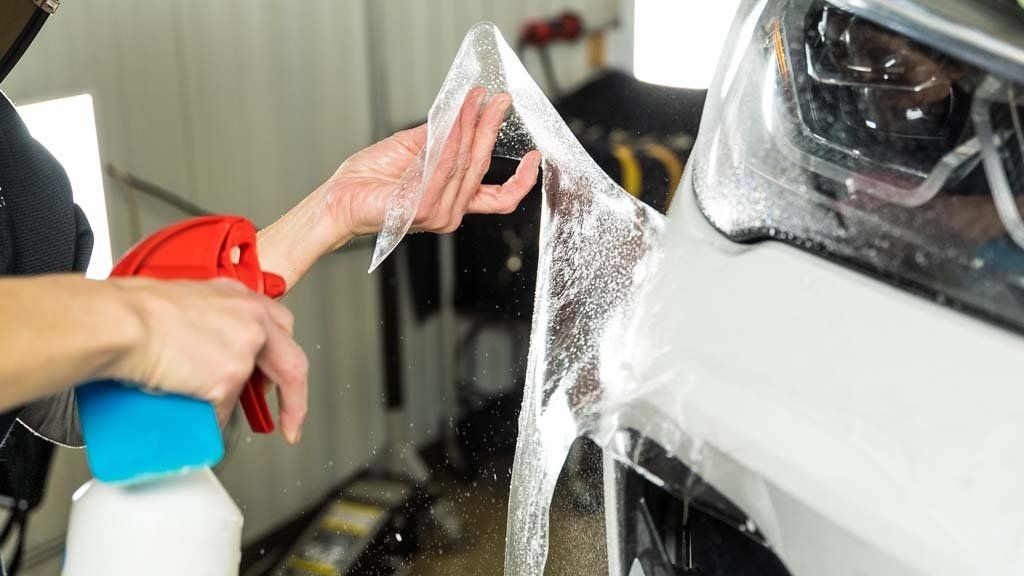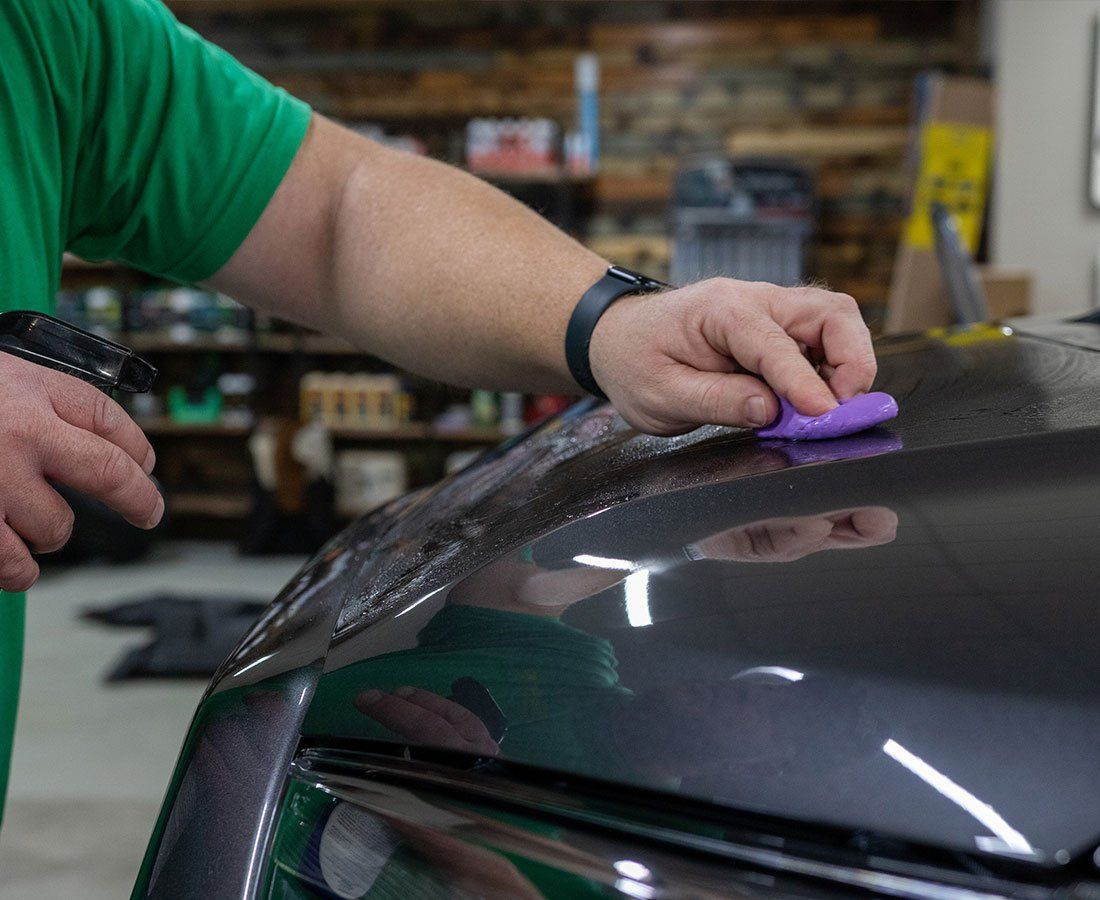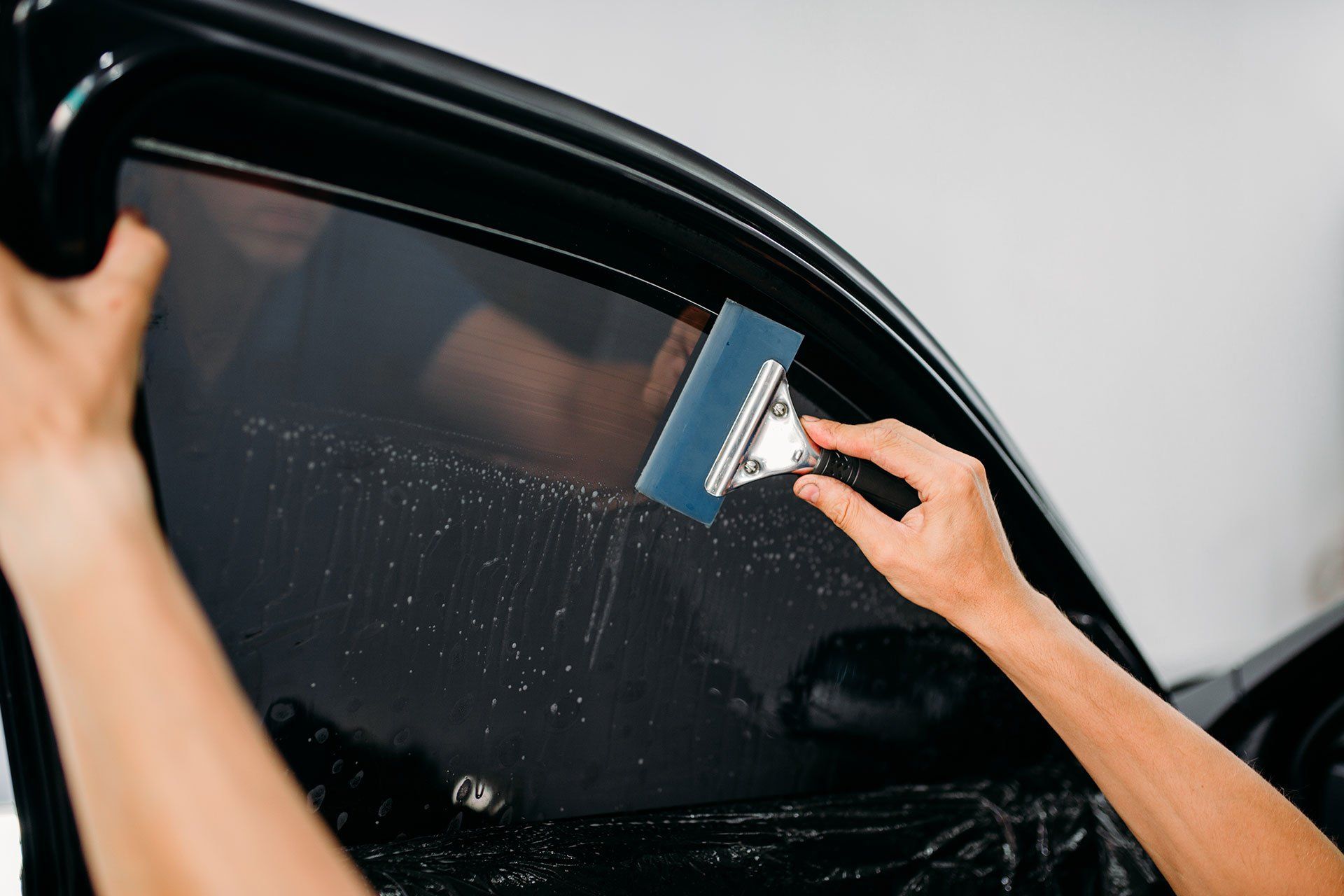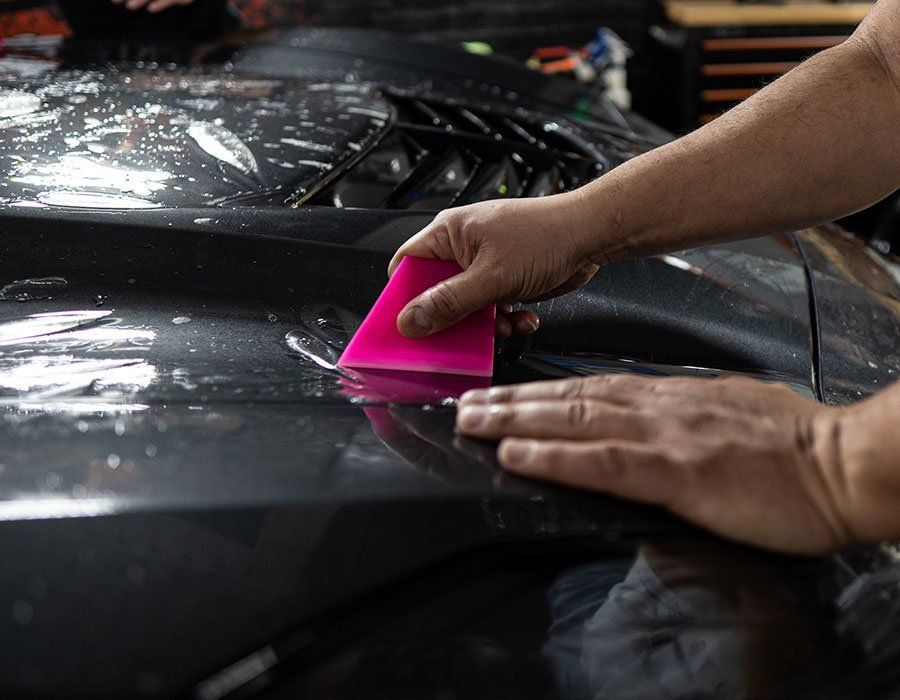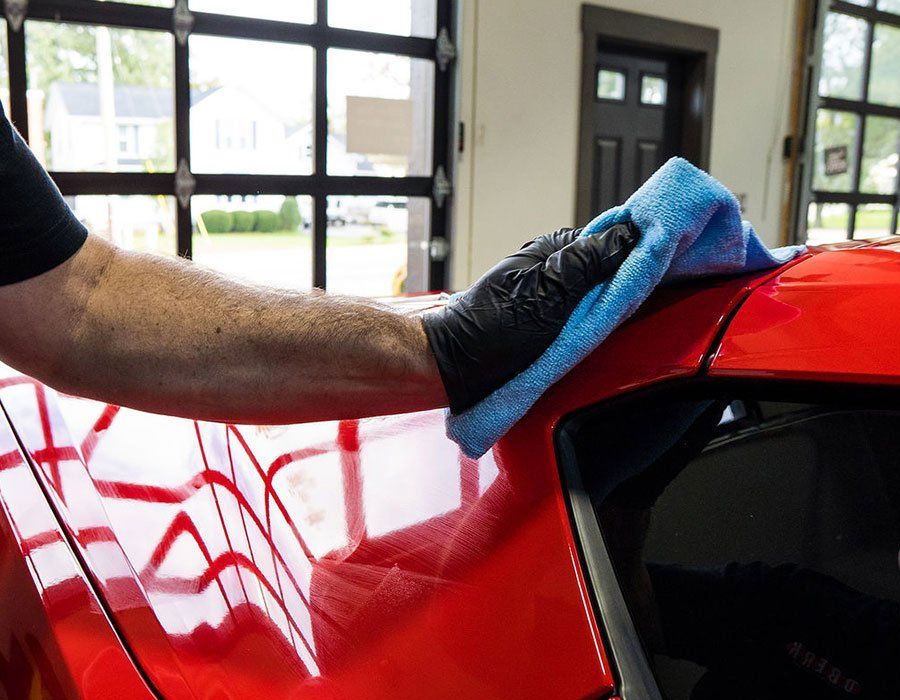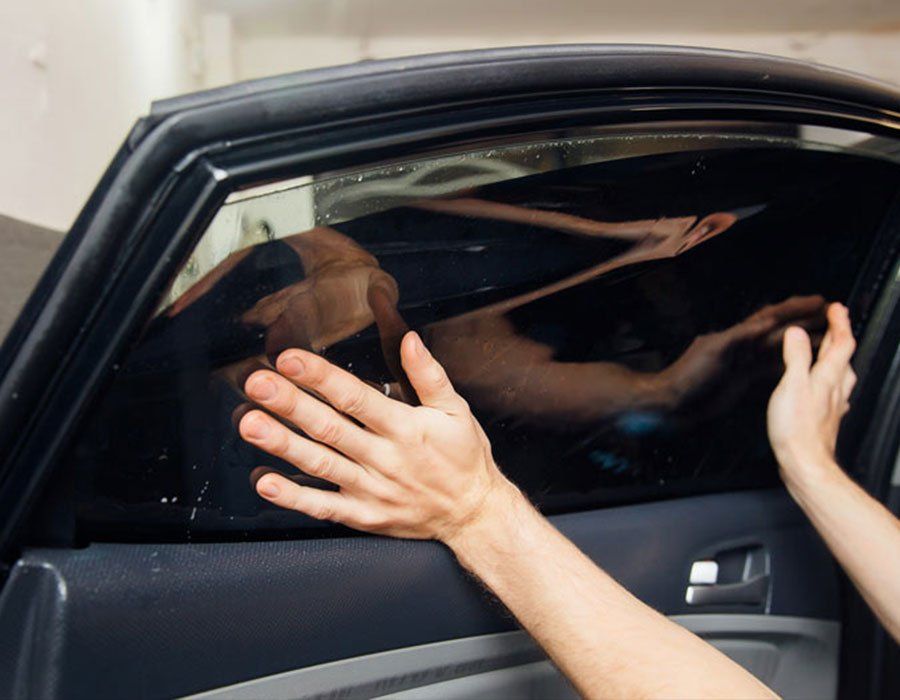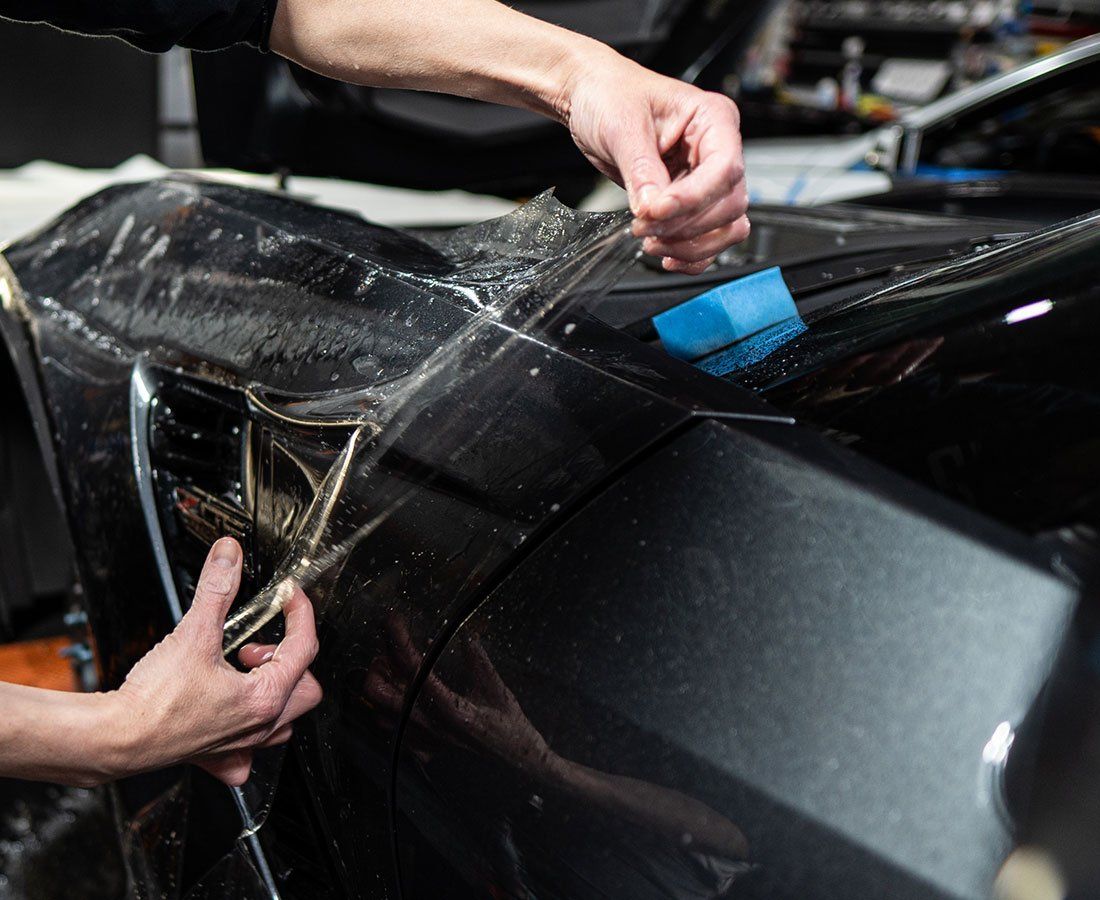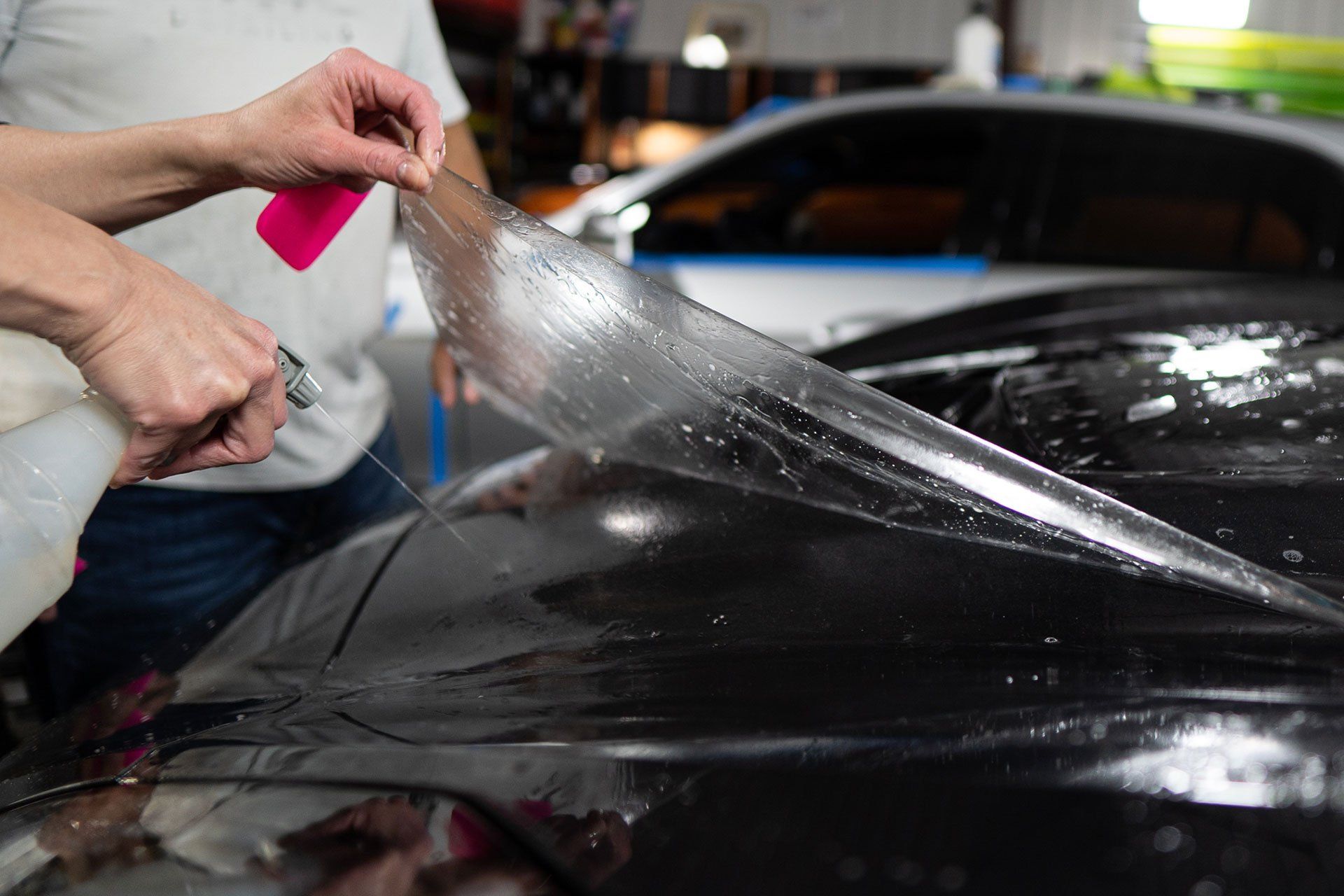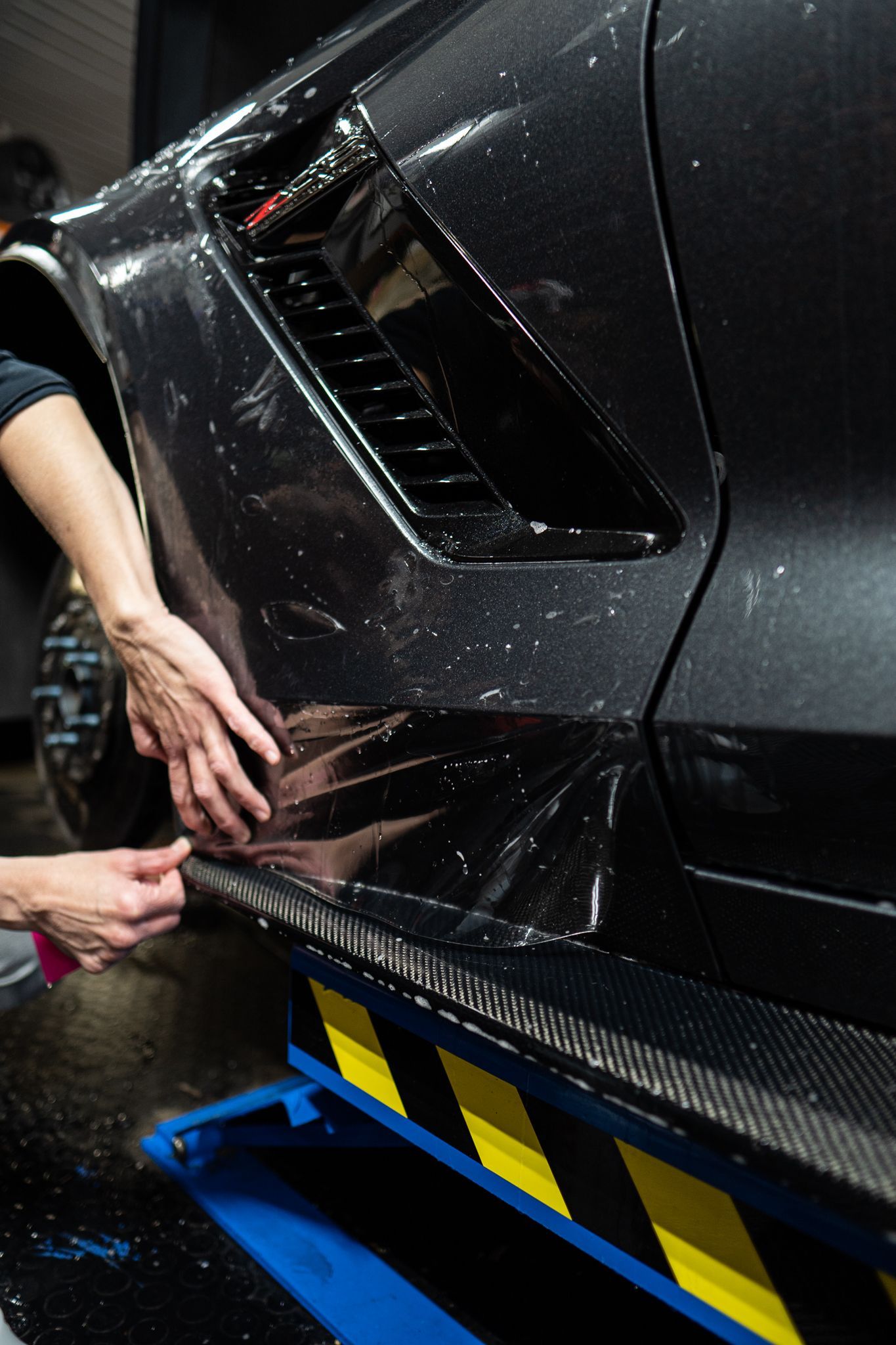How to Maintain Your Vehicle's Resale Value with PPF: A Complete Guide
CALL (727) 940-2340
SCHEDULE NOWMaintaining your vehicle's resale value is simple with the use of paint protection film. It creates a strong shield on your car that guards against road debris, stone chips, bug splatter, and small scratches. Picture driving on a country road, not having to worry about tiny stones flying up and scarring your precious car’s paint job. This handy film is also clear, meaning it doesn't change how your car looks. Now, let's talk more about what PPF truly is.
To maintain your vehicle's resale value with PPF, consider applying the film to vulnerable areas such as the hood, fenders, bumper, mirrors, and rock-prone areas. High-quality paint protection film not only protects against physical damage but also enhances the aesthetic appeal of your vehicle, contributing to maintaining its resale value.
What is PPF and how does it work?
Imagine a nearly invisible shield that safeguards your car's exterior against all sorts of everyday hazards, keeping it looking as radiant as the day you bought it. That's precisely what paint protection film is all about. This advanced film is made from a clear, thermoplastic urethane material that adheres to the surface of your vehicle, acting as a barrier against various elements that can cause unsightly damage. In contrast to ordinary plastic films, PPF is engineered at an intricate molecular level and designed to provide optimal defense while preserving the appearance of your vehicle. It is transparent and genuinely subtle—so much so that it almost seems like your car isn't even wearing a protective shield. Now, let's take a closer look at how it achieves this seamless balance between protection and aesthetics.
The magic lies in its durable yet flexible nature, which allows it to absorb impact energy without being easily damaged. Whether it's resisting rock chips from gravel roads or shielding the paint from bug splatter on long drives, PPF effectively fends off these aggressors while maintaining its pristine clarity. The secret to its near-invisibility? Paint protection film’s clarity ensures an unobstructed view of your vehicle's original paint color and gloss. After all, what good is protection if it compromises the beauty of your car? PPF offers the best of both worlds—unrivaled safeguarding capabilities with no sacrifice to your vehicle's appearance. It's undoubtedly fascinating how PPF seamlessly blends durability with transparency, allowing your car to shine through while staying shielded from the rigors of daily driving.
Advantages of PPF
You might be asking, "What are the specific benefits of investing in PPF for my vehicle?" Let's take a closer look at how PPF can significantly enhance both the protective and aesthetic aspects of your vehicle.
Protection Against Physical Damage: The road is full of hazards—stones kicked up from other vehicles, unexpected pebbles, and even minor accidents caused by unaware drivers. These hazards can lead to unsightly chips, scratches, and other forms of impact damage on your vehicle's exterior. However, by applying PPF, you provide a durable shield for areas prone to such damage, including the hood, fenders, mirrors, and bumpers. The protective film acts as an invisible barrier against these adversities, ensuring that your car's exterior remains unblemished. This level of protection is not just about maintaining the visual appeal of your vehicle; it also plays a vital role in preserving its resale value. Such protection reduces the potential for paint damage, making a compelling case for investing in PPF to safeguard your valuable asset.
Self-Healing Properties: One of the remarkable features of high-quality PPF is its self-healing capability. The film has an innovative ability to repair minor scratches on its own when exposed to heat. This means that those little imperfections that can detract from the beauty of your car's exterior can vanish over time. It's like magic for your car! Thanks to this remarkable property, your vehicle can maintain its flawless finish without the need for frequent visits to the body shop.
Longevity and Durability: High-quality PPF is not just a temporary fix; it's designed to stand the test of time with exceptional durability. Regardless of environmental conditions or other external factors, PPF maintains its clarity and provides enduring protection against physical damage. This longevity ensures that your vehicle continues to shine with a glossy finish, contributing significantly to its overall appearance and attractiveness over the years. By withstanding harsh environmental conditions and retaining its resistance to impact damage, high-quality paint protection film ensures that your vehicle remains a head-turner with minimal effort on your part. Moreover, this outstanding durability directly contributes to retaining the resale value of your car over time.
Enhancing Your Investment with PPF
When it comes to protecting your vehicle's exterior, paint protection film has proven to be a game-changer. It acts as an invisible shield, standing guard against the wear and tear that can occur over time. By preventing physical damage from rocks, road debris, and environmental elements like UV rays, it helps maintain the original appeal and resale value of your vehicle. Each chip, scratch, or blemish on your car's surface is like a small dent in its potential resale value. PPF stands as the first line of defense, intercepting these imperfections and safeguarding the vehicle's aesthetics. Without paint protection film, any damages sustained by the vehicle can significantly decrease its appeal to potential buyers and reduce its market value. Imagine being in the position of purchasing a used car. You're naturally drawn to vehicles that look well-maintained and retain their original luster. This is where PPF shines—literally and figuratively. A car with PPF is more likely to draw positive attention due to its preserved exterior. It sends a signal that the owner has taken care of the vehicle, further enhancing its perceived value.
In addition to maintaining the aesthetic quality of your vehicle, paint protection film offers practical benefits in terms of financial protection. It shields vulnerable areas such as the hood, fenders, mirrors, and bumpers from damage—areas that are particularly susceptible to scratches and chips. These are the parts most exposed to impacts from debris while driving, making them prime candidates for PPF coverage.
How PPF Affects a Car's Resale Value
The presence of paint protection film on a vehicle is more than just an added layer of protection against physical damage. It can significantly impact the vehicle's resale value, making it a worthy investment for those looking to maintain their car's worth over time. When potential buyers come across a car with PPF, it sends a message that the owner has taken meticulous care to protect the vehicle's exterior. This reinforces the impression that the car has been well-maintained, which can be a critical factor for buyers evaluating multiple options in the market. Imagine two similar cars side by side, one with paint protection film and the other without. The PPF-equipped vehicle is likely to stand out due to its well-preserved appearance, especially if it shows minimal signs of wear and tear compared to its unprotected counterpart. This visual distinction can directly influence a buyer's perception of value and quality, potentially leading to a higher resale price.
Additionally, the protective nature of PPF provides assurance to potential buyers that the car has been shielded from environmental elements and physical damage, instilling confidence in its longevity and structural integrity. This confidence often translates into a willingness to pay more for a well-protected vehicle compared to one without such safeguards.
Applying PPF: Choosing The Right Installers
When it comes to protecting your vehicle's paint and ensuring its longevity, paint protection film stands out as an excellent solution. However, the effectiveness of PPF largely depends on the skills and expertise of the installers. Choosing the right installers is a crucial step in the process to guarantee optimal protection and a flawless finish for your vehicle. Here are some key considerations when selecting PPF installers to ensure a successful application:
- Experience and Expertise: One of the primary factors to consider is the installer's experience and expertise in working with paint protection film. Look for installers who have a proven track record of successful installations and a deep understanding of the intricacies involved. An experienced installer is more likely to deliver a high-quality application that meets your expectations.
- Certifications and Training: Verify if the PPF installers hold relevant certifications or have undergone specialized training in the field. Certifications from reputable organizations indicate a commitment to excellence and a dedication to staying updated with the latest industry techniques. Trained professionals are better equipped to handle the challenges of PPF installation with precision.
- Reviews and Testimonials: Customer reviews and testimonials are invaluable resources when evaluating the competence of paint protection film installers. Check online platforms, social media, and forums for feedback from previous customers. Positive reviews can provide confidence in the installer's capabilities, while any negative feedback should be thoroughly examined to understand the context and resolution.
- Portfolio of Previous Work: Request a portfolio showcasing the installer's previous paint protection film installations. A comprehensive portfolio allows you to assess the quality of their work, attention to detail, and their ability to handle various vehicle makes and models. Examining before-and-after photos can give you a visual representation of their skills.
- Warranty Offered: A reputable PPF installer should provide a warranty on their workmanship and the film itself. A warranty reflects the installer's confidence in their abilities and the quality of the materials used. Be sure to understand the terms and conditions of the warranty to ensure comprehensive coverage.
Vehicle Protection Beyond the Paint Job
Your car is more than just a means of transportation; it's an integral part of your life. Thus, safeguarding it becomes a top priority. By investing in high-quality PPF, you extend protection beyond the paint. This transparent film acts as a robust defense against rock chips, key scratches, and environmental hazards such as bird droppings, tree sap, and UV rays. While you may be diligent in caring for your car, unforeseen incidents are part of daily driving. Whether it's errant shopping carts in parking lots or protruding branches along narrow roads, the unpredictability of traffic means our vehicles confront diverse risks. Investing in PPF proactively preserves your car's appearance and shields it from potential harm. Most reputable paint protection film brands boast self-healing capabilities that ensure a flawless finish despite minor scratches. This allows small blemishes to vanish on their own, preserving your car's pristine look without incurring substantial repair costs.
The transparency of modern paint protection film maintains the vehicle's aesthetic appeal while providing robust protection. This clarity is vital, as it keeps your car looking pristine without compromising its visual appeal. Ensuring professional installation by reputable installers is crucial for reaping long-term benefits for your vehicle. By entrusting reputable installers with the application of PPF, you guarantee precise and flawless installation. This directly impacts the film’s effectiveness in safeguarding your vehicle, maintaining its resale value, and enhancing its aesthetic appeal. By investing in quality paint protection film and opting for professional installation, you not only protect your vehicle from physical harm but also ensure that it retains its value over time. It's a strategic move for safeguarding your investment and enjoying peace of mind during your journeys.
Exceptional Paint Protection Film Service in Tampa, FL
Experience unparalleled protection for your vehicle's paint with Auto Film Guys, your premier destination for
exceptional paint protection film in Tampa, FL. Our cutting-edge PPF not only shields your car's exterior from rock chips, road debris, and other hazards but also preserves its showroom finish. At Auto Film Guys, we take pride in offering a level of protection that goes beyond the ordinary, ensuring your investment maintains its pristine appearance. Our skilled technicians, armed with top-tier PPF technology, deliver precision installations, leaving no room for compromise. Elevate your car's defense against the elements and maintain its aesthetic allure with Auto Film Guys. Don't let your vehicle settle for anything less than exceptional; schedule your PPF installation today or call us at
(727) 940-2340 and safeguard your car's beauty for the long road ahead.
The Auto Film Guys Blog
